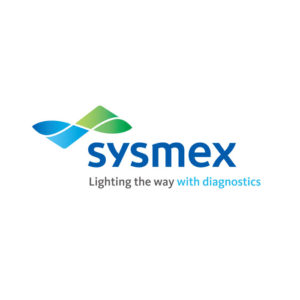Viêm gan siêu vi không được chẩn đoán vẫn còn là một gánh nặng lớn trên toàn cầu. Mặc dù có tới 256 triệu người nhiễm virus viêm gan B mạn tính và 71 triệu người bị nhiễm HCV mạn tính, hầu hết những người bị viêm gan vẫn không biết về nhiễm trùng của họ. Khi một bệnh nhân tiến triển đến các tình trạng mãn tính, có 25 – 40% nguy cơ (đối với viêm gan C) xơ gan và 60% nguy cơ (đối với viêm gan C) của ung thư biểu mô tế bào gan (HCC, hepatocellular carcinoma).
HCC là bệnh ung thư phổ biến thứ 6 trên thế giới và là nguyên nhân hàng đầu thứ 3 gây tử vong do ung thư. Hai phần ba số ca tử vong này là do viêm gan, và HCC liên quan đến nhiễm HCV là nguyên nhân gây tử vong nhanh nhất liên quan đến ung thư. Các xu thế nhắm đến loại trừ bệnh viêm gan không chỉ ở vấn đề phát hiện và chẩn đoán viêm gan, mà còn ở sự kết nối với điều trị, mà các vấn đề này có thể được cải thiện cùng với các kỹ thuật tiên tiến giúp kiềm hãm sự tiến triển đến ung thư.



